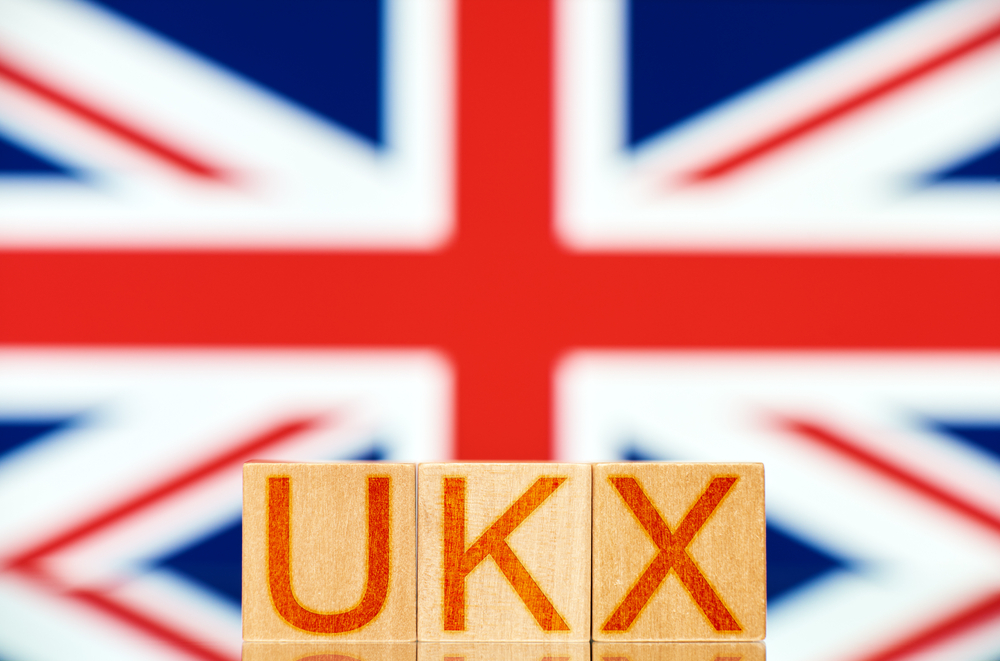FTSE 100 dividend pay-outs are forecast to hit their highest level since 2018, supporting the narrative UK equities are set to be the trade of the next five years.
UK ETFs have already attracted significant inflows this year amid the rotation to cyclical equities with the $12.5bn iShares Core FTSE 100 UCITS ETF (ISF) pulling in $478m so far this year, as at 25 March, while the Vanguard FTSE 250 UCITS ETF (VMID) has seen $1.3bn inflows, according to data from ETFLogic.
With the UK suffering a pronounced downturn in 2020, the growth rally easing off and a relaxation of the Brexit news cycle should both work in the FTSE 100’s favour.
Entering the pandemic recovery from a lower base than its western counterparts, the financials and commodities-heavy FTSE 100 has been front-and-centre since Pfizer announced its vaccine results.
In fact, the flagship UK benchmark has jumped by 20.8% since early November and almost 5.2% since the end of January.
Though energy prices are roughly back in line with consensus expectations, analysts believe recovery momentum could provide room for further upside. Meanwhile, a more conservative profit outlook for financials could be conducive to a more measured, upward trajectory for FTSE 100 banks and lenders.
Also, UK benchmarks will be spurred by the country’s faster vaccine roll-out versus other countries. While not as exposed to the UK domestic market as the REITs and ITs of the FTSE 250, shortening the timeline on lockdown restrictions being loosened will still be a tailwind for FTSE 100 popularity.
Income attracts newcomers
Part in parcel with the cyclical equities bounce-back is the expectation that dividend pay-outs will return to something closer to pre-pandemic levels.
With many companies having cancelled or cut their dividends in 2020, AJ Bell anticipates dividend payments to grow by 21% this year to a total of £73.4bn with an average yield of 3.8%.
Following projected total pay-outs of £61.4bn for last year, AJ Bell’s forecast for 2021 would represent the best year for FTSE 100 income since the £85.2bn peak in 2018.
During the first three months of this year, 42 FTSE 100 companies have either declared or made a dividend payment with 12 more returning to the dividend list.
According to Russ Mould, investment director at AJ Bell, £24.8bn of dividends have been declared by FTSE 100 firms in the year-to-date versus cuts of £2.8bn.
“The total value of payments declared or restored by FTSE 100 firms since March 2020, when the pandemic began to really hit home, now exceeds that of dividend reductions or cancellations,” Mould continued.
“The worst may indeed be over for those investors who are seeking income from UK equities, although they will still want to see the vaccination programme beat off the virus and the global economy gather some real traction before they truly begin to relax.”
Regarding specific sectors, pay-outs by the top four dividend-paying banks are expected to double during 2021, to £7bn, and continue rising until £9.3bn in 2022.
However, two-thirds of 2021’s expected increase in pre-tax income is forecast to come from the oil and mining sectors, exclusively. This represents a notable risk, given the profit targets they are now expected to meet are not as modest as those for the financial sector.
Despite this, the link between a continuation of a cyclicals rotation and dividend reinstatements in the relevant stocks is intuitive. ETFs have already proven to be a popular vehicle for income investors, so products tracking the FTSE 100 could be a boon for those seeking exposure to the recoveries of share prices and dividends.





